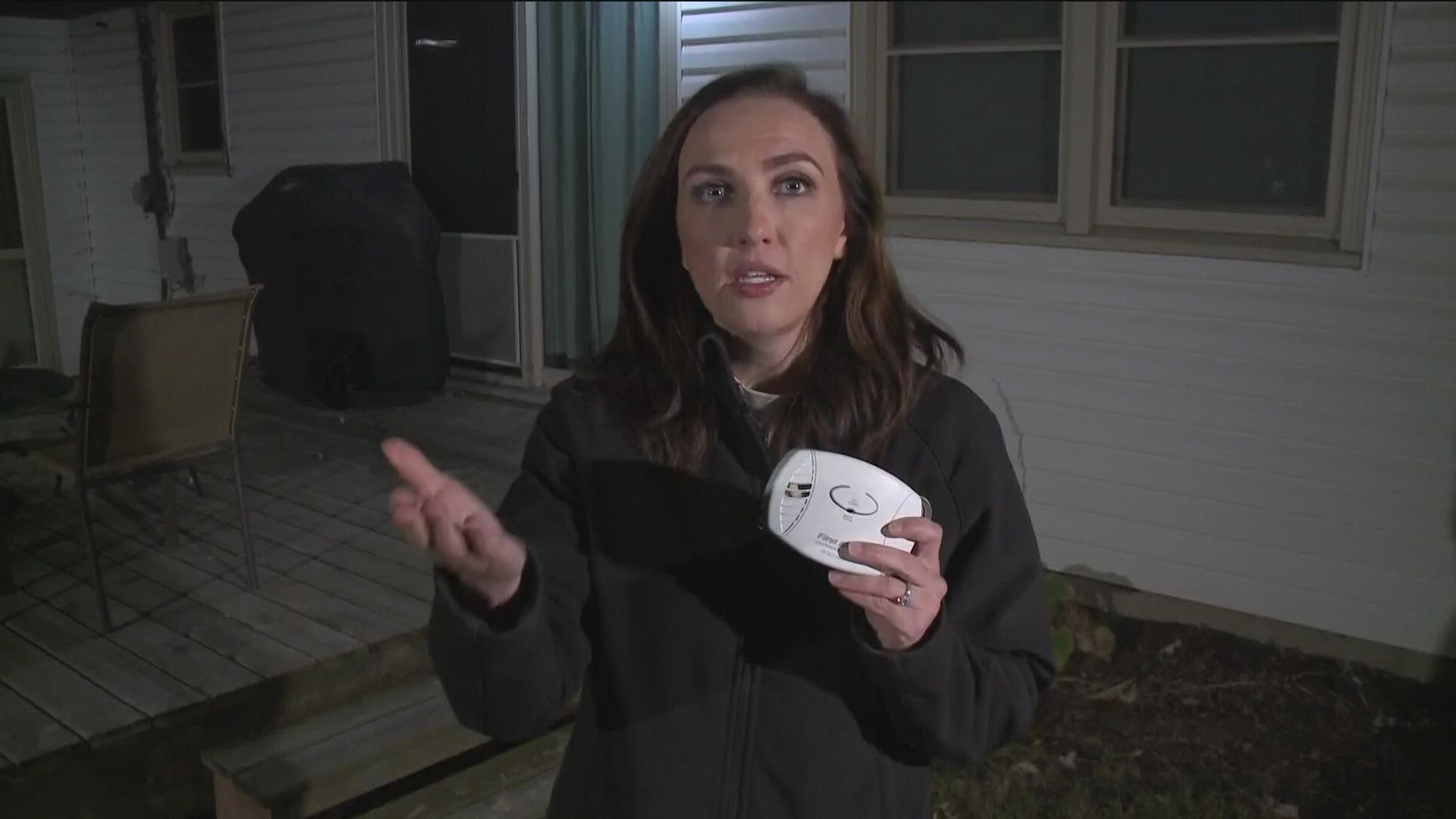GOLDEN VALLEY, Minn. — Fall in Minnesota is more than the show-off season that screams "Look at me!" with its brilliant colors, blue skies and flannel-dominated fashions: It also serves as the warning shot across the bow, that the state's cruelest stretch of weather lays dead ahead.
And so, this stretch of moderate temps and (mainly) dry ground conditions is the time to get stuff done to prepare for the harsh demands of a Minnesota winter. Here are just a few things for your To-Do list.
Home:
- Change the furnace filter: A dirty, clogged filter makes your heating unit work much harder, increasing the chances it will break down when you need it most.
- Have that furnace inspected and tuned up. Failing parts or cracks in essential components like the heat exchanger can be dangerous, even deadly if they release poisonous gases into your home.
- Get your chimney and fireplace inspected/cleaned: A chimney clogged with soot can cause smoke to back up in your home, or even start a chimney fire that could jump to the house itself.
- Have your roof inspected: Damaged or missing shingles can allow water in when snow melts, and few things are as destructive to your home as water. Structural problems with roofing/joists can become catastrophic under the weight of several feet of snow.
- Re-caulk/seal windows and doors: Drafts and gaps let heat out, or cold air... in, resulting in higher heating bills and a harder-working furnace.
- Change the direction of your ceiling fans to clockwise: Ceiling fan blades, by design, are slightly tilted down. In the summer, when rotating counter-clockwise, they push air downward creating a cooling breeze. When reversed, they pull cooler air up and keep warmer heated air down in living areas, saving as much as 10% on utility bills.
Yard/Garden:
- Rake/mulch those leaves: Leaving a large amount of leaves on your turf is bad for a handful of reasons: They smother grass, preventing regrowth come spring; Leaves can promote snow mold and the diseases that come with it; and critters like moles and voles love leaves as cover, creating more damage that you will notice come spring. Do you need to get "all" of those leaves? The U of M Turfgrass Department says 10-20% leaf coverage might be OK, but not much more than that.
- Clear the garden: Remove dead or decaying plants or rotting vegetables. Cover walking rows with mulch to prevent weed growth. Start a compost pile with leaves and plant scraps.
- Clean the gutters: Removing leaves and tree junk from the gutters promotes the drainage they are designed to provide. Clogs cause moisture to back up and can help lead to the formation of ice dams when snow and colder temps arrive.
- Store or cover outdoor furniture: HGTV says moisture and sub-freezing temps can be hard on furniture made of wicker, plastic, resin and wood. Clean and store that stuff inside, or put covers on it. Metal can remain outside, but definitely store cushions and umbrellas under a roof.
Car:
- Check tires for tread/pressure: The amount of tread that remains on your tires will play a major role in determining the kind of traction you get when driving in snow. Take a quarter and put it into a groove on your tires. If the top of George Washington's head is flush with the tread you have approximately 4/32 left... enough for reasonable stopping in snow, but you should start thinking about buying new tires. If it's less, take action before the snow flies. When it comes to pressure, tires lose air faster in frigid air. Monitor your tire pressure more often than you would in warmer months.
- Maintenance pays off: Change your oil, check your battery's performance, clean the terminals, and make sure anti-freeze still meets standards for performance at low temps. Good wipers are essential in snowy/slushy conditions so your windshield doesn't ice up.
- Keep your doors from freezing: You can spray your car door's rubber seal all around the edges with spray silicone, use a dry paper towel to remove excess drips, and it will keep you from being frozen out of your car, all season long. Also, shoot your door window tracks with a silicone lubricant to your windows from freezing shut.
- Winter emergency kit: You may have one for year-round emergencies, but a special winter kit may save your bacon. It should include a shovel, gloves, boots, blanket, ice scraper, jumper cables, can of fix a flat, flashlight, phone charger and sand or kitty litter for traction should you get stuck. Packaged snacks that won't spoil or go stale are also a good idea in case you get stuck, and need to keep your energy and body heat up.
WATCH MORE ON KARE 11+
Download the free KARE 11+ app for Roku, Fire TV, Apple TV and other smart TV platforms to watch more from KARE 11 anytime! The KARE 11+ app includes live streams of all of KARE 11's newscasts. You'll also find on-demand replays of newscasts; the latest from KARE 11 Investigates, Breaking the News and the Land of 10,000 Stories; exclusive programs like Verify and HeartThreads; and Minnesota sports talk from our partners at Locked On Minnesota.
- Add KARE 11+ on Roku here or by searching for KARE 11 in the Roku Channel Store.
- Add KARE 11+ on Fire TV here or by searching for KARE 11 in the Amazon App Store.
- Learn more about the KARE 11+ app for Apple TV in the Apple App Store.
- Learn more about KARE 11+ here.
Watch more WeatherMinds:
Watch the latest deep-dives and explainers on weather and science in our YouTube playlist:

